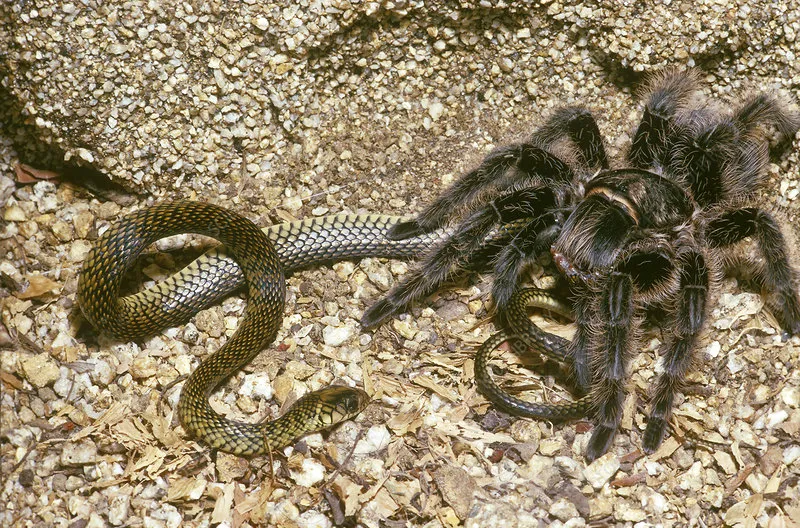Tarantulas, with their imposing size and captivating presence, are a popular choice for exotic pet enthusiasts. But beyond their striking appearance lies a fascinating world of feeding habits that are essential for their survival. Understanding how tarantulas eat is key to providing proper care and ensuring their health and longevity. This guide will delve into the specifics of their diet, hunting techniques, and feeding behaviors, providing a comprehensive overview for both novice and experienced tarantula keepers.
What Do Tarantulas Eat
Tarantulas are primarily carnivores, meaning their diet consists mainly of meat. In the wild, their food sources can vary depending on their habitat and the availability of prey. As pets, their diet is carefully managed to ensure they receive adequate nutrition. The most common food items for captive tarantulas are insects. Understanding the variety of foods available can help create a balanced diet that mirrors the natural eating habits of these amazing creatures.
Insects
Insects form the cornerstone of a tarantula’s diet. They are readily available, relatively easy to acquire, and provide the necessary nutrients for tarantulas to thrive. The size of the insect should be appropriate for the size of the tarantula; generally, the prey should be no larger than the tarantula’s abdomen.
Crickets
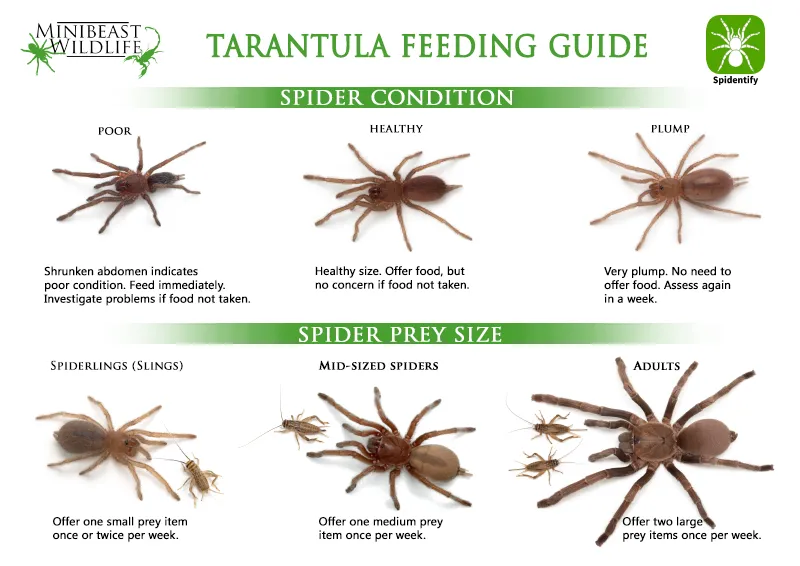
Crickets are a staple food for tarantulas. They are widely available at pet stores and are a good source of protein. It’s important to gut-load crickets before feeding them to your tarantula. Gut-loading involves feeding the crickets nutritious food, such as vegetables and commercial cricket food, to increase their nutritional value for your pet. Always remove uneaten crickets from the enclosure to prevent them from stressing or potentially harming the tarantula.
Mealworms
Mealworms are another popular food choice for tarantulas, especially for smaller species or young tarantulas (spiderlings). Mealworms are easy to store and handle. However, mealworms have a hard exoskeleton and may be difficult for some tarantulas to digest, so they should be offered in moderation. Providing a varied diet including other insects is always a good practice for your pet’s health.
Roaches
Roaches, such as Dubia roaches, are an excellent source of protein and nutrients. They are generally more nutritious than crickets and can be easier to manage because they are less likely to escape. Roaches are also a good choice for providing variety in the tarantula’s diet, contributing to their overall well-being.
Other Insects
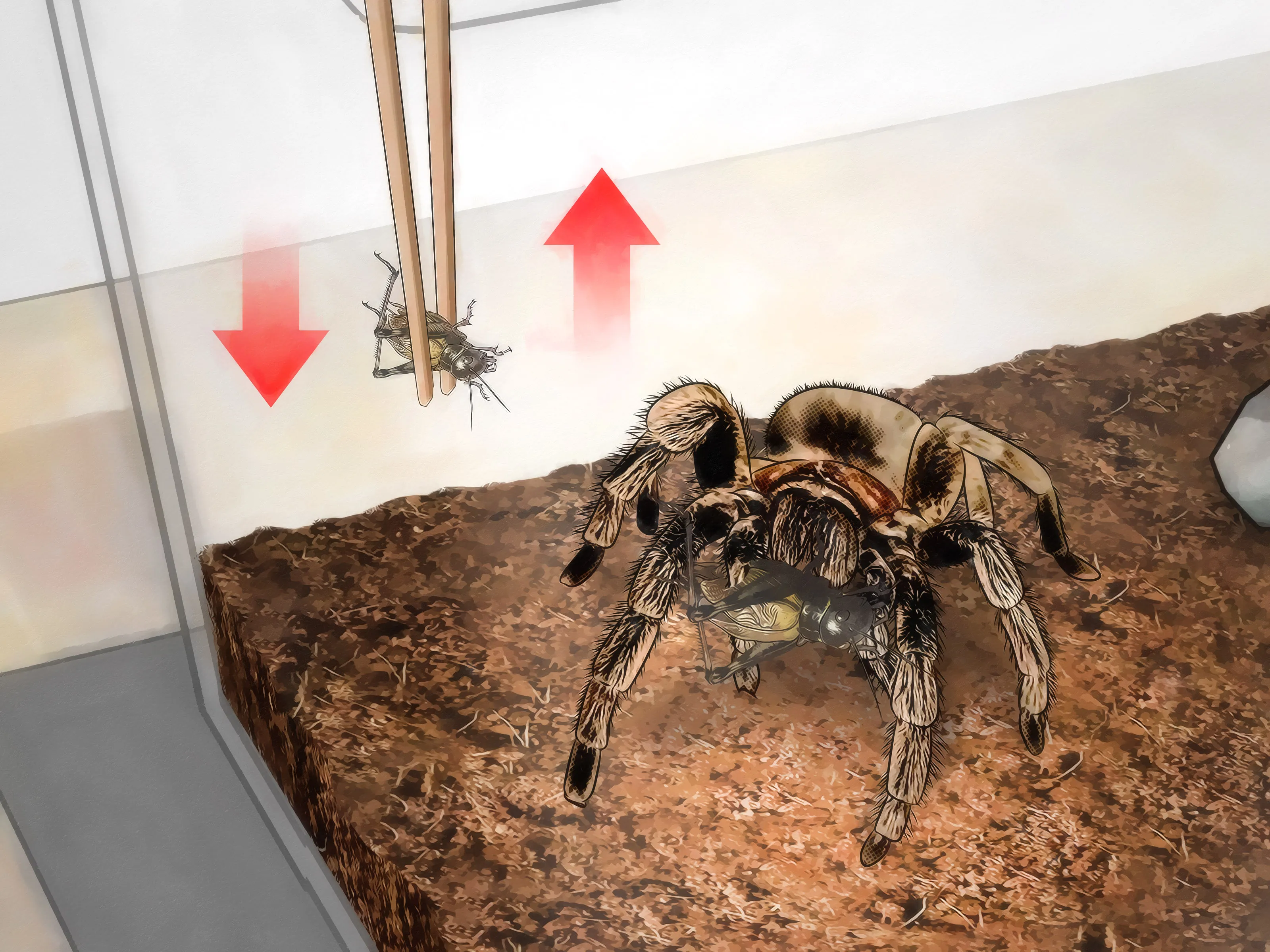
Other insects that can be offered include grasshoppers, locusts, and waxworms. However, these should be given as occasional treats rather than as a primary food source, as some of these may have a higher fat content. Variety is key to a balanced diet, so mix and match different insects to keep your tarantula happy and healthy.
Other Food Options
While insects are the main staple, some tarantula species may consume other food items in the wild. As a pet, these options can be incorporated to provide variety and ensure a well-rounded diet.
Small Vertebrates
In the wild, larger tarantulas may occasionally prey on small vertebrates, such as small mice or lizards. However, these should be offered sparingly in captivity, as they can be high in fat and may pose digestive challenges for your pet. It’s important to make sure that any vertebrates are safe from parasites and diseases before offering them.
How Tarantulas Catch Their Food
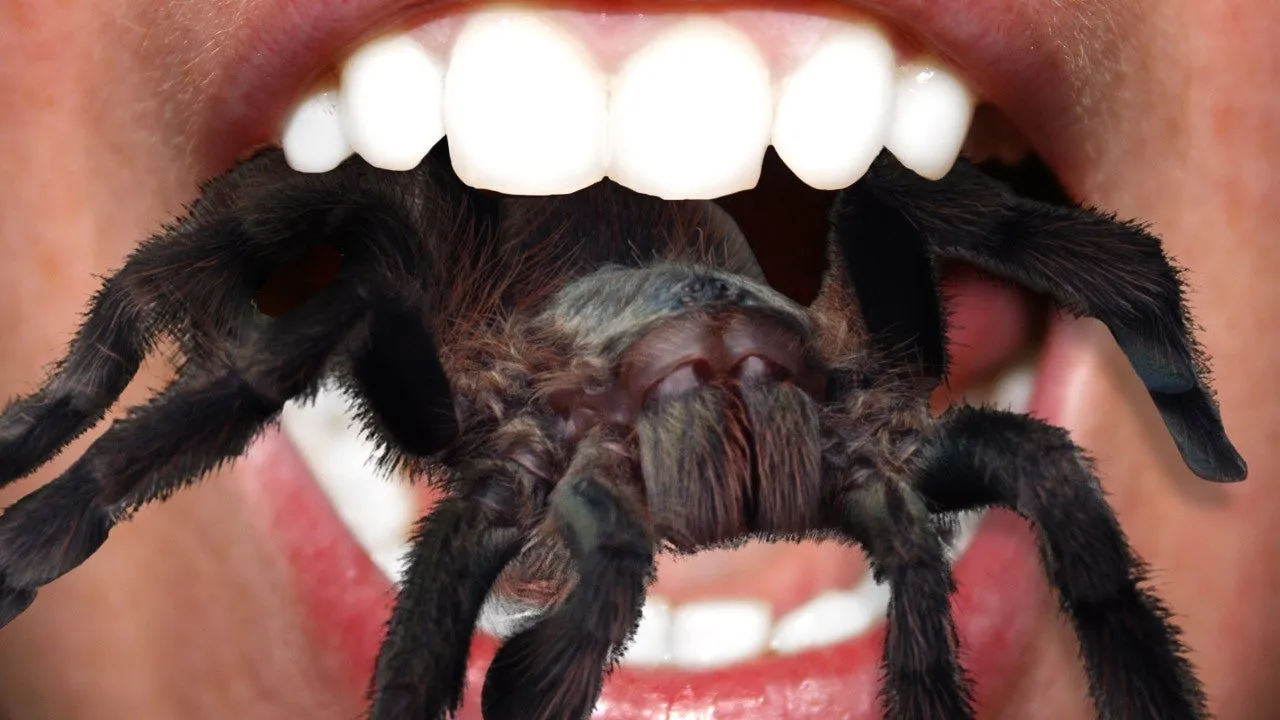
Tarantulas are skilled hunters, employing a combination of patience, strategy, and potent tools to capture their prey. Their hunting methods are fascinating to observe, revealing their predatory instincts and adaptations. The process often involves stealth and a swift, decisive attack.
The Ambush
Most tarantulas are ambush predators. They often wait patiently, hidden in their burrows or under cover, until unsuspecting prey comes within striking distance. They rely on vibrations in the ground or air to detect the presence of potential meals. Sensory hairs on their legs, called setae, are highly sensitive and can detect even the slightest movements.
The Strike
Once the prey is close enough, the tarantula will launch a lightning-fast strike. It uses its powerful fangs (chelicerae) to quickly seize and inject venom into the prey. The speed and precision of this strike are crucial to a successful hunt, enabling the tarantula to quickly subdue its victim before it can escape.
The Venom
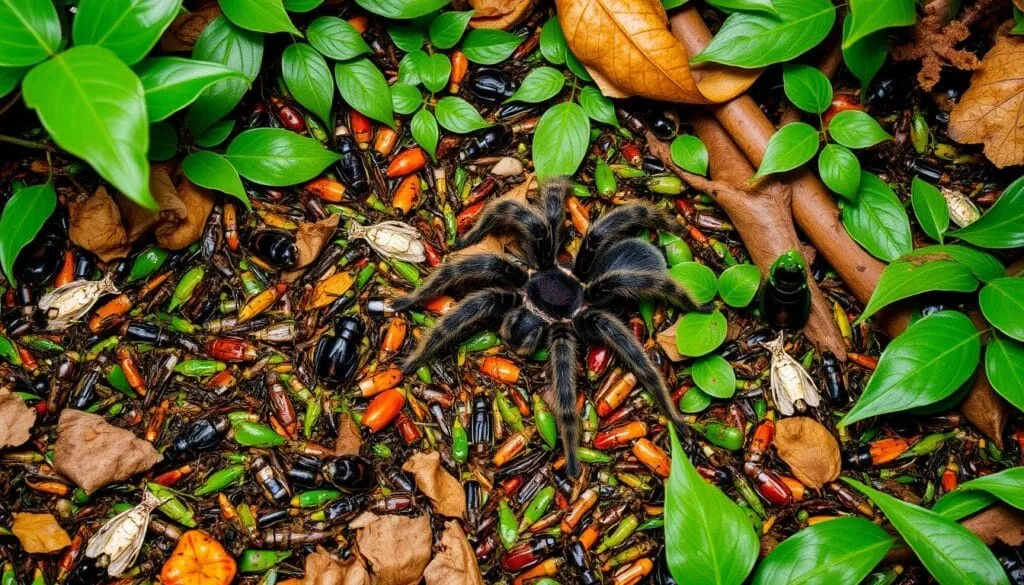
Tarantula venom is primarily used to immobilize and begin the process of breaking down the prey. It contains enzymes that begin to liquefy the internal organs of the prey, making it easier for the tarantula to consume. While tarantula venom is not typically fatal to humans, it can cause localized pain, swelling, and discomfort.
How Tarantulas Consume Their Prey
Tarantulas do not eat solid food in the same way as humans or other animals. Instead, they utilize a process called external digestion to consume their prey. This unique method involves injecting digestive enzymes into the prey and then sucking up the liquefied nutrients.
External Digestion
After the tarantula has subdued its prey, it will often carry it back to a safe location. It then begins the process of external digestion. Digestive enzymes are injected into the prey through the fangs. These enzymes break down the internal organs and tissues of the prey into a liquid form, making it easier for the tarantula to consume.
The Feeding Process
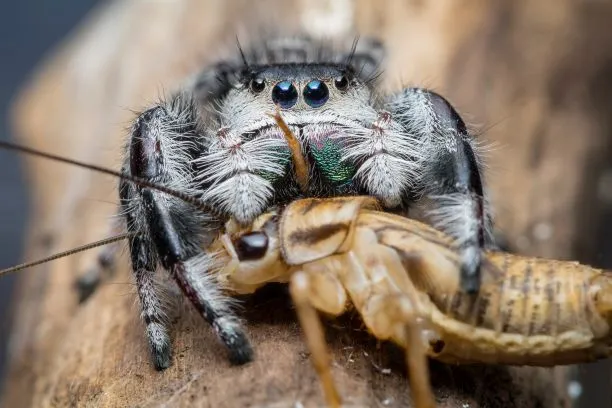
Once the prey is sufficiently broken down, the tarantula uses its mouthparts to suck up the liquefied nutrients. The exoskeleton of the prey is often left behind as a dry, empty shell. This process can take several hours, depending on the size of the prey and the tarantula’s appetite. The tarantula’s chelicerae help to crush the prey and make it easier to ingest.
How Often Do Tarantulas Eat
The frequency with which a tarantula eats varies depending on several factors, including its age, size, and the species. Understanding these factors is crucial for providing the right amount of food to keep your tarantula healthy and thriving.
Feeding Frequency
Younger tarantulas, or spiderlings, typically need to be fed more frequently than adults, often every few days. As they grow, the frequency can be reduced. Adult tarantulas may only need to be fed once a week or even less frequently, depending on their size and the amount of food offered. Overfeeding can lead to health problems, so it’s important to monitor your tarantula’s body condition and adjust the feeding schedule accordingly.
Factors Influencing Feeding
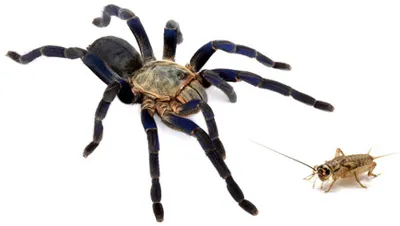
Several factors can influence how often a tarantula eats. The tarantula’s species plays a significant role, as some species have faster metabolisms than others. Temperature also affects their feeding habits; tarantulas tend to eat less when temperatures are cooler. The molting cycle is another important factor. Tarantulas will often stop eating a few weeks before they molt. Monitoring these factors can help you understand your tarantula’s eating behavior.
In conclusion, understanding how tarantulas eat is crucial for providing proper care and ensuring their well-being. From their carnivorous diet, hunting techniques, and external digestion process to the factors that influence their feeding frequency, every aspect contributes to their survival and health. By providing the right foods, maintaining appropriate environmental conditions, and observing their behavior, you can ensure your tarantula thrives as a captivating and healthy pet. With proper care and knowledge, you can enjoy the unique experience of keeping these fascinating creatures.
